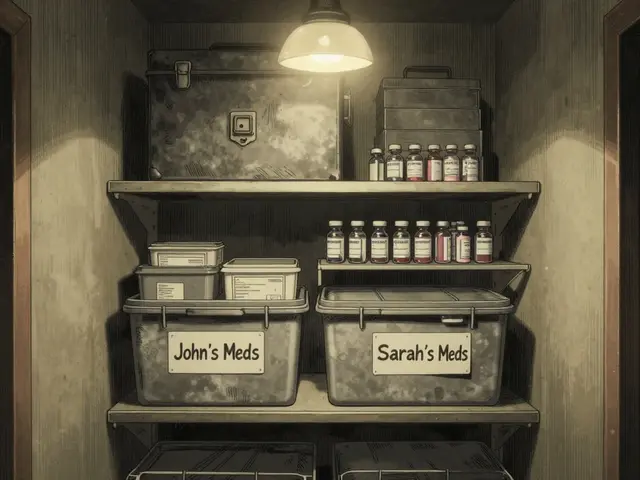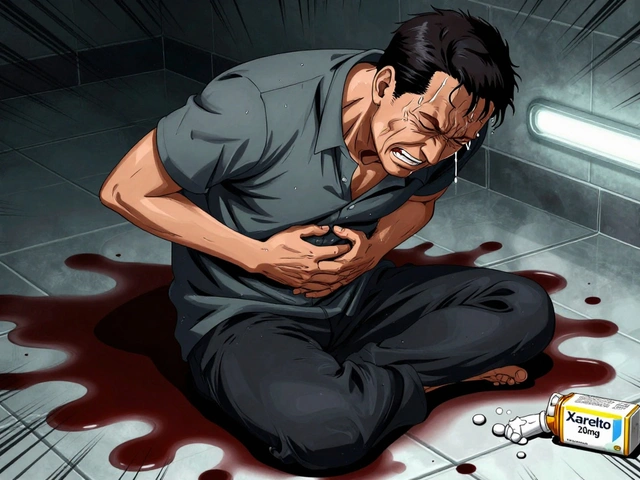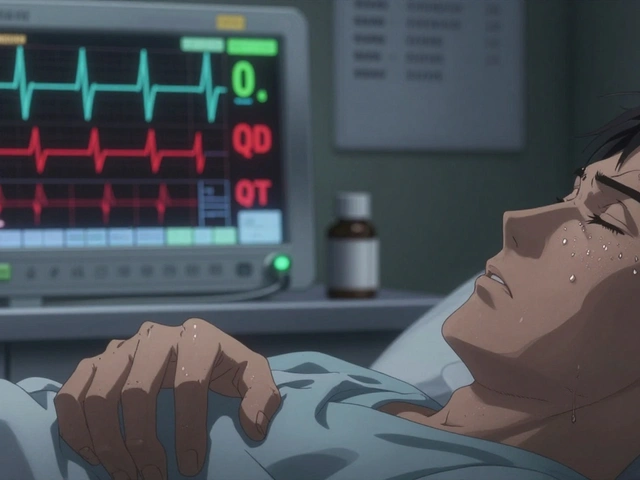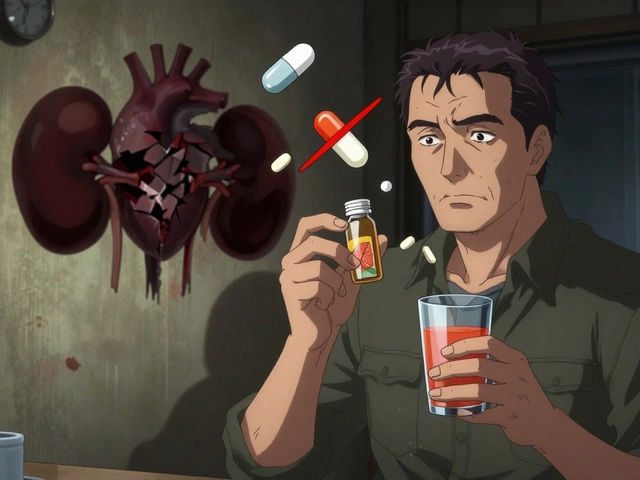Gout Basics – What It Is, How It Hits You, and Simple Ways to Find Relief
If you’ve ever woken up with a hot, throbbing toe that looks swollen for no reason, you might have experienced gout. It’s not just old‑age arthritis; it’s a sudden crystal buildup that can turn a normal day into a painful nightmare.
Common Signs & Triggers
The first thing most people notice is sharp pain in the big toe, but gout can also hit the ankle, knee or wrist. The joint feels hot, red and tender, and even light pressure can be unbearable. Foods high in purines – like red meat, organ meats, shellfish, and sugary drinks – raise uric acid levels, which often triggers an attack.
Drinking a lot of alcohol, especially beer, speeds up uric‑acid production while slowing its removal. Dehydration does the same thing, so staying hydrated is a cheap way to keep gout at bay. Genetics play a role too; if a family member has gout, you’re more likely to get it.
Managing Gout at Home and With Medicine
The quickest relief usually comes from over‑the‑counter anti‑inflammatories like ibuprofen or naproxen. If attacks keep coming back, doctors often prescribe colchicine, allopurinol, or febuxostat to lower uric‑acid levels for good.
Alongside meds, make simple diet changes: swap red meat for chicken or tofu, choose low‑fat dairy, and eat more cherries, berries or vitamin C‑rich fruits. Cutting sugary sodas and limiting alcohol can shave weeks off the time it takes to feel better after an attack.
Weight loss is another powerful tool. Even a few pounds dropped can reduce uric‑acid production enough to cut down on flare‑ups. Aim for steady, realistic goals – crash diets often backfire and raise stress hormones that worsen gout.
If you’re unsure whether your joint pain is gout or something else, see a doctor. They can confirm the diagnosis with a simple fluid test from the swollen joint. Early detection means you can start treatment before the crystals cause permanent joint damage.
For long‑term control, keep a food diary for a week. Note everything you eat, drink and any pain spikes. Patterns pop up fast, and you’ll know which foods are your personal triggers.
Remember: gout isn’t a one‑time curse. With the right mix of meds, hydration, diet tweaks and regular check‑ups, you can keep attacks rare and mild. Start with small changes – drink more water today, skip that second beer tonight, and see how quickly your joints thank you.
Gout vs. Arthritis: Understanding the Differences
In my latest post, I explored the differences between gout and arthritis, two conditions often confused due to their similar symptoms. However, they are different in causes, affected areas, and treatment. Gout is a type of arthritis caused by excess uric acid, often attacking the big toe, while other types of arthritis could be due to wear and tear or an overactive immune system. Gout's treatment usually involves medication to lower uric acid levels, while arthritis treatment varies widely depending on the type. Understanding these differences is key to proper diagnosis and effective treatment.
read more




